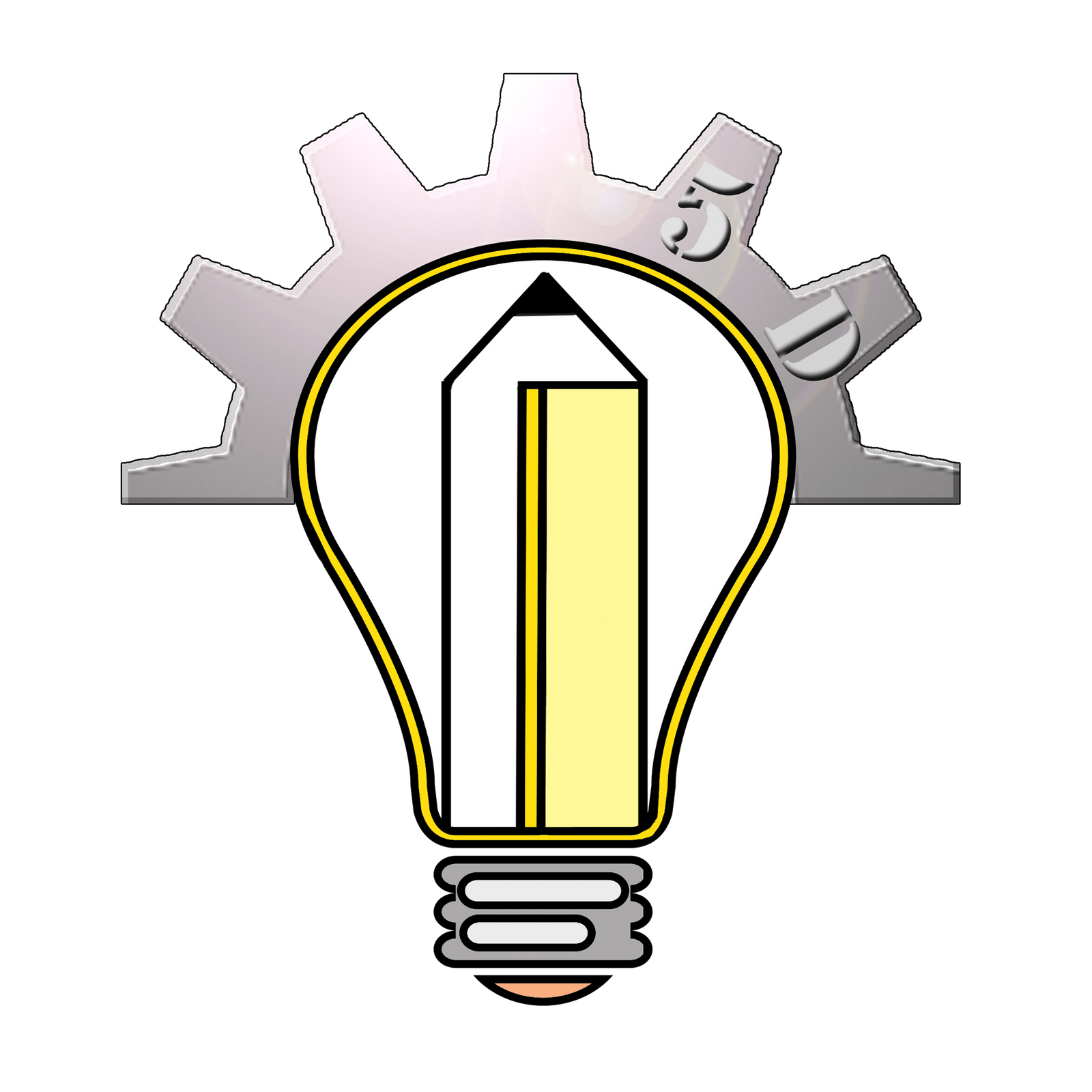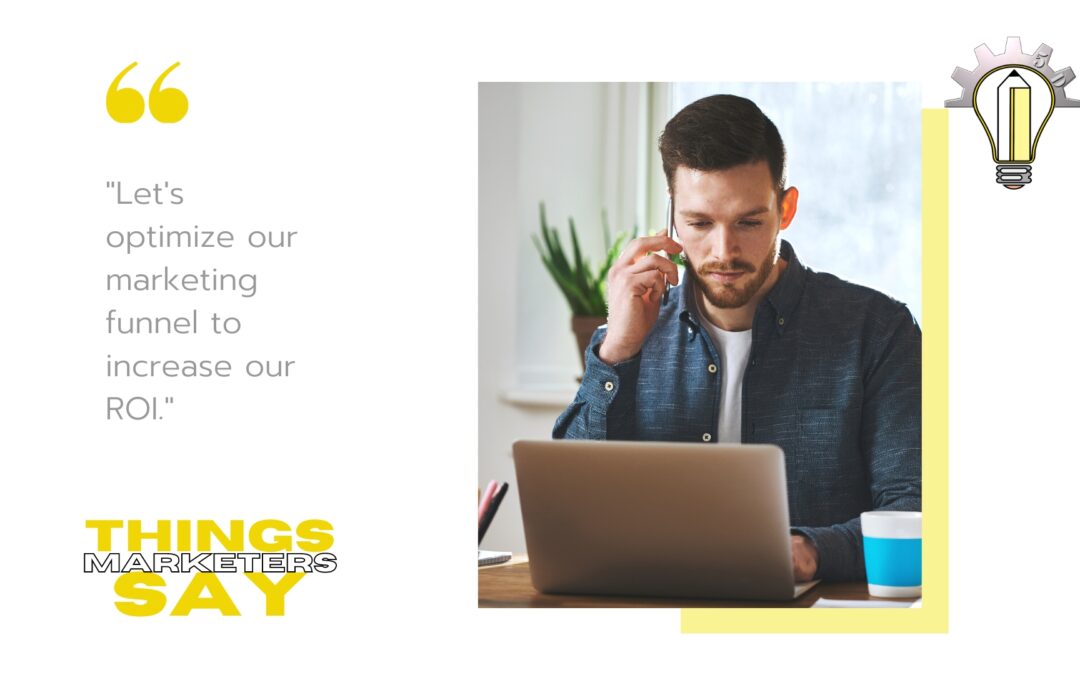A marketing funnel, also known as a sales funnel, is a model that describes the stages that a customer goes through on their journey from initial awareness of a product or service to making a purchase. Understanding and optimizing the funnel can mean a better ROI, and a big boost to your bottom line. The funnel is divided into several stages, each of which represents a different level of engagement and interaction with the customer.
The stages of a typical marketing funnel include:
Awareness
This is the stage where a customer becomes aware of a product or service, often through advertising or other marketing efforts. This is often achieved with paid ads or organic marketing.
Interest
At this stage, the customer has shown some level of interest in the product or service, often by visiting a website or requesting more information. It is important to use analytics and data tracking intelligently to ensure that those who express interest can be reached again.
Consideration
The customer is now actively considering whether to make a purchase, and may be comparing the product or service to alternatives. Providing value can greatly increase the chances that your’s is the chosen brand. Consider what information or insight would be more valuable to the consumer when making the final decision.
Intent
The customer has made the decision to purchase the product or service, and is now actively looking for ways to do so.
Purchase
This is the final stage of the funnel, where the customer makes the purchase and becomes a customer.
Optimizing a marketing funnel involves identifying areas where there are drop-offs or inefficiencies in the customer journey and making improvements to increase conversions and sales. Here are some steps you can take to optimize your marketing funnel:
Analyze the data
Start by gathering data on your marketing funnel, including conversion rates, traffic sources, and customer behavior. Use this data to identify areas where there are drop-offs or inefficiencies in the funnel. If you’ve done well to foster your leads, you’ll enjoy a positive ROI.
Identify problems that are reducing roi
Look for areas where customers are dropping off or losing interest, such as high bounce rates on your website or low open rates on your email campaigns.
Improve messaging and targeting
Ensure that your messaging is clear, concise, and speaks to your target audience’s pain points and needs. Use targeted messaging and personalized content to engage customers at each stage of the funnel.
Streamline the process
Make the customer journey as smooth and easy as possible by simplifying the process and reducing friction points. For example, use one-click checkouts or remove unnecessary steps in the sign-up process.
Test and refine
Continuously test and refine your marketing funnel to improve performance. Use A/B testing and other optimization techniques to identify what works best and make adjustments accordingly. Need help? Give us a call today!

